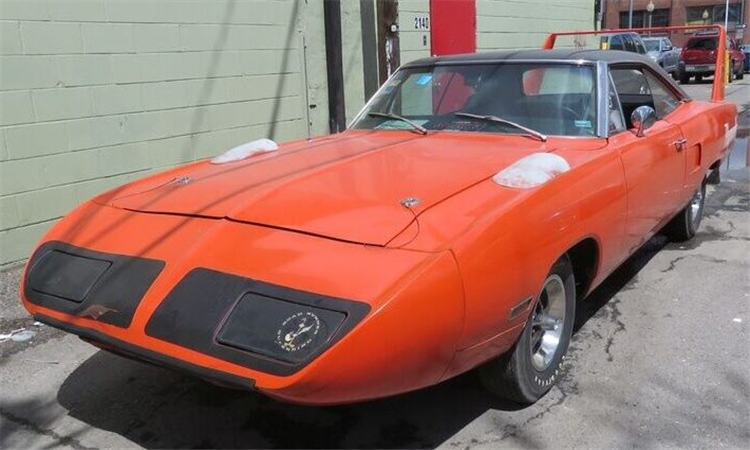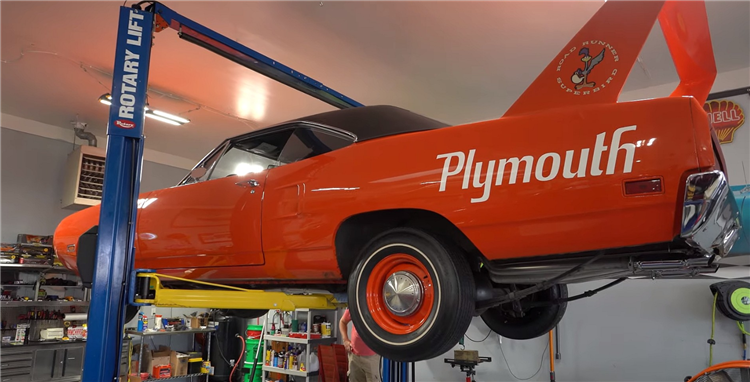The term “survivor” has certainly been used a lot lately. It’s typically used to describe vintage automobiles in decent shape that have endured for decades. However, the phrase is frequently misapplied to vehicles that have undergone extensive repair or refinishing.
What actually qualifies as a good survivor? According to Bob Jennings of Jennings Wing Cars, a survivor is a vintage car that hasn’t undergone any modifications, as shown in the video below. The engine and transmission shouldn’t have been rebuilt, and it should still have its original paint. And if they run, all the better.
Sure, we could also use the term “survivor” for vehicles that have been touched up here and there. But I can definitely understand why Bob insists on using “survivor” to describe a thoroughly original and unmolested car. His newly acquired 1970 Plymouth Superbird is the very definition of an unrestored survivor.

One of around 2,000 Superbirds built in 1970, this “winged warrior” is anything but fancy spec-wise. It’s not a super rare HEMI car, and it doesn’t have a beefed-up 440-cubic-inch (7.2-liter) Six Pack either. It’s a bare-bones 440 four-barrel version with a column-shift automatic. However, this Superbird has been babied since day one, and it’s as original as they get.
Yes, the Tor Red paint still looks good in 2023 despite being 53 years old. The vinyl roof is in the same condition and is just as dark as the day the automobile rolled off the assembly line. The fact that the engine and transmission are number-matched and unrebuilt is more significant. And they continue to function properly.
The odometer is showing even more excellent news. Only 29,000 miles (46,671 km) have been logged on this Superbird, an incredibly low number for a vintage vehicle constructed more than 50 years ago. Bob doesn’t give much information on the vehicle, but judging by the way it seems, this “winged warrior” spent the majority of its time in a garage.

So, how rare are 440 four-barrel Superbirds? Well, this version is the most common. Even though specific production figures remain a mystery, the consensus is Plymouth built 1,935 Superbirds for the US market. About 135 were fitted with the 426 HEMI, and some 716 vehicles were ordered with the 440 Six Pack. This leaves 1,084 “winger warriors” with 440 four-barrel V8s under their hoods.
Then there’s the automatic gearbox, which narrows it down to 618 units. The Tor Red paint likely reduces this number significantly, but I have no official figures to run by. All told, this Superbird is far from being a one-of-one gem, but it’s decidedly rare. And it’s safe to say you won’t see another one in this condition very soon.
